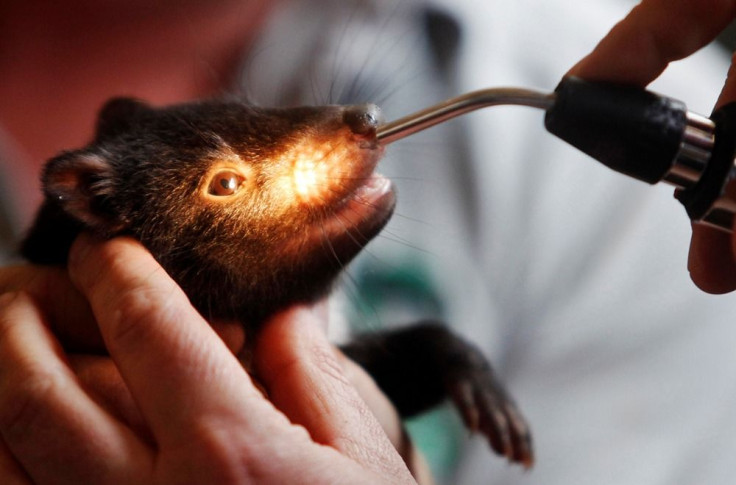Endangered Quolls To Be Reintroduced To South Australia

Ecologist Kathryn Moseby was waiting on a plane that’s about to land. Aboard that plane are endangered quolls set to be reintroduced to South Australia.
Thirty-seven western quolls were placed in individual boxes and have endured a 12-hour flight bound for Wilpena, the place where they once roam freely. The western quolls have been extinct in the area for the last century.
Wilpena Pound is a mountainous area located 400 kilometres north of Adelaide and is the place that hosted the endangered western quolls. It will now once again become the home for the species.
Moseby has been working on efforts to reintroduce the species to Flinders Ranges National Park for the past year. “Most reintroductions fail in Australia, especially into unbounded release sites," she said in a report from Sydney Morning Herald.
There was a trial reintroduction program in April 2014 with 41 western quolls coming from Western Australia. The trial was a success, but 11 quolls were lost from feral animal attacks. Twenty-five baby quolls were born since then.
The first stage of the reintroduction programme was launched this week, releasing 37 more in the area. The project was funded by the Foundation for Australia’s Most Endangered Species, or FAME.
The western quoll is close to the size of a small domestic cat. It is considered as Western Australia’s largest native carnivore, as stated in FAME’s official Web site. The existence of this predatory species indicates that there is a healthy ecosystem in the area.
The species are found in almost 70 percent of mainland Australia but now only inhabits southwestern Western Australia. Factors that led to the quoll population decline include habitat alteration, presence of bushfires and disease. Predation and food competition with feral animals, illegal shooting and accidental drowning and water tanks also contribute to their decline, according to FAME.
The reintroduced quolls will be closely monitored with radio collars for a period of six months. This method should help conservationists track their habitat and movements in the region. A third shipment of quolls is reportedly to take place in 2015.
To report problems or leave feedback on this article, email: wendylemeric@gmail.com.





















